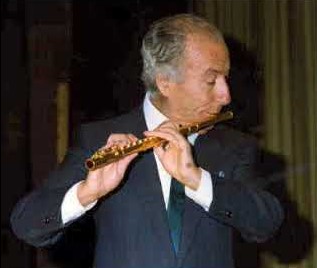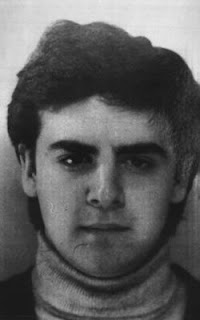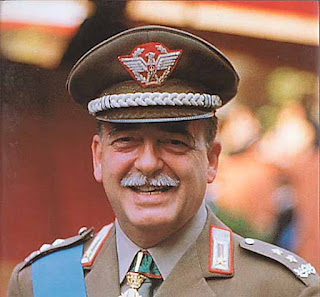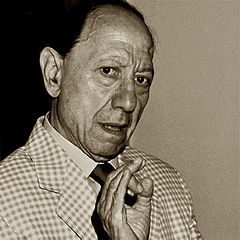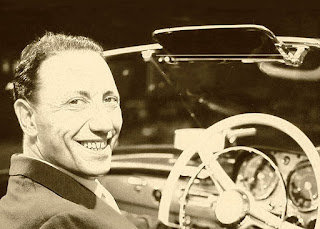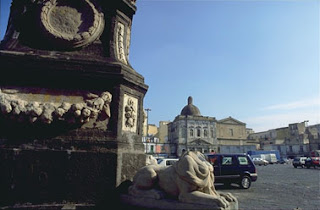Church musician wrote popular madrigals and songs
 |
| Ruggiero Giovannelli was maestro di cappella at St Peter's for five years |
He may have been a pupil of Giovanni Pierluigi da Palestrina, the most famous of the Roman School composers of the 16th century. Even though there is no documentary evidence to support this, there are stylistic similarities in their music.
On Palestrina’s death in 1594, Giovannelli was chosen to replace him as maestro di cappella at the Julian Chapel in St Peter’s Basilica.
Giovannelli was born in Velletri near Rome and not much is known about his life until 1583 when he became maestro di cappella at the church of San Luigi dei Francesi near the Piazza Navona in Rome. He moved on to become maestro di cappella at the Collegio Germanico, a pontifical college in Rome, in 1591.
His most important appointment was when he was chosen to replace Palestrina at St Peter’s in 1594, a position he held until 1599 when he became a singer at the Sistine Chapel, a position he held until he became maestro di cappella there in 1614.
 |
| Giovannelli was influenced by Giovanni Pierluigi da Palestrina (above), whom he succeeded at St Peter's |
Giovannelli wrote a surprising amount of secular music, mostly madrigals and canzonettas. He wrote three books of madrigals for five voices and two books for four voices, as well as a large quantity of other secular songs. His music was reprinted in Italy and abroad, which indicates its popularity at the time.
After retiring in 1624, he died the following year. He is buried in the church of Santa Marta in Rome.
| The Cathedral of San Clemente in Velletri, which dates back to the fourth century |
Velletri, where Ruggiero Giovannelli was born, is a municipality outside Rome in the Alban Hills. It has a fourth century cathedral, the Cathedral of San Clemente, which was originally built over the ruins of a pagan temple, but was rebuilt in the 17th century and given a Renaissance-style portal. The town suffered extensive damage during bombing raids in the Second World War, although the cathedral survived. In the 15th century, Velletri had the dubious claim to fame of being the host to what is believed to have been the world's first pawnshop.
 |
| Michelangelo's incredible work on the ceiling of the Sistine Chapel |
The Sistine Chapel, where Ruggiero Giovannelli was both a singer and maestro di cappella, is in the Apostolic Palace, where the Pope lives, in Vatican City. The chapel takes its name from Pope Sixtus IV, the uncle of Pope Julius II, who had it restored during his papacy. Between 1508 and 1512, Michelangelo painted the ceiling at the request of Pope Julius II. His amazing masterpiece is in bright colours, easily visible from the floor, and covers more than 400 square metres.
More reading:
Domenico Bartolucci - a musician who directed the Sistine Chapel choir under six 20th century popes
The tale of Carlo Gesualdo, the 16th century composer of madrigals who brutally killed his wife and her lover
Andrea Gabrieli, the father of Venetian music
Also on this day:
1655: The death of the controversial Pope Innocent X
1797: Italy's tricolore flag is hoisted for the first time
1920: The birth of actor Vincent Gardenia
Home





